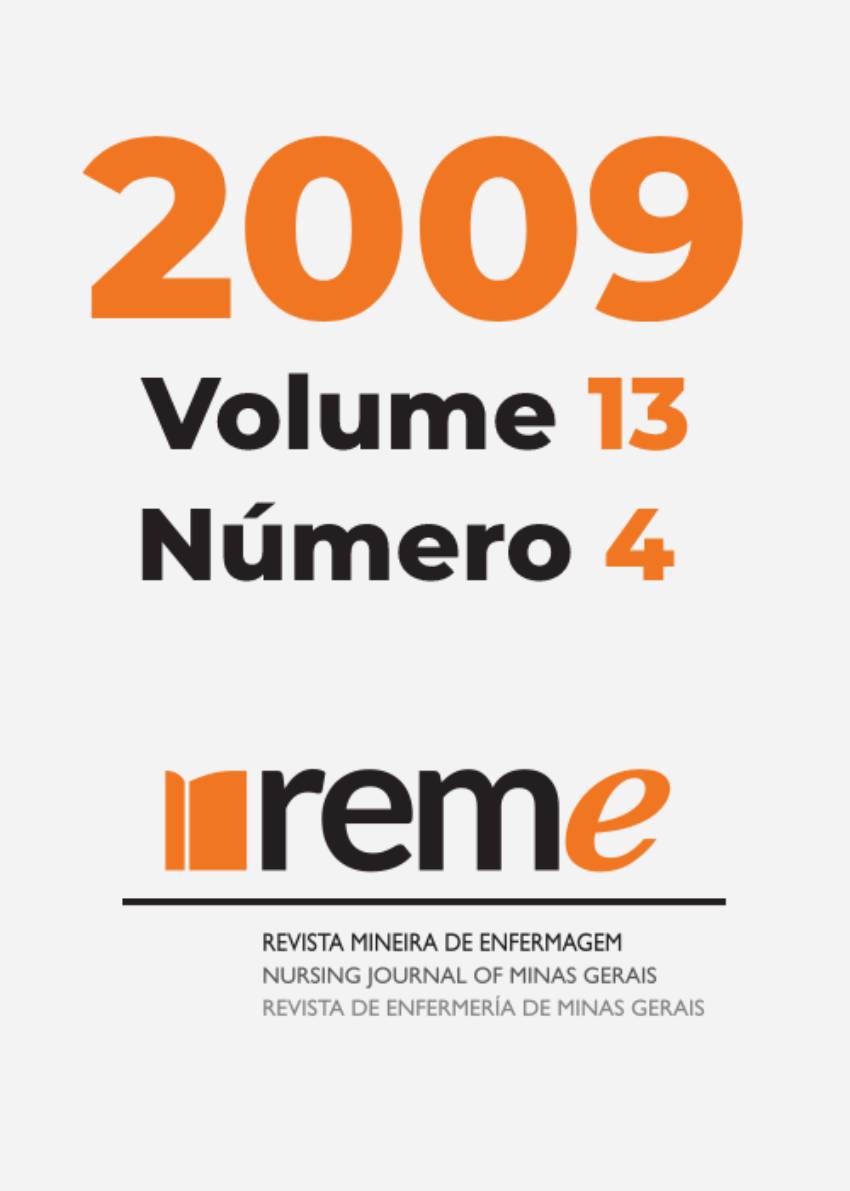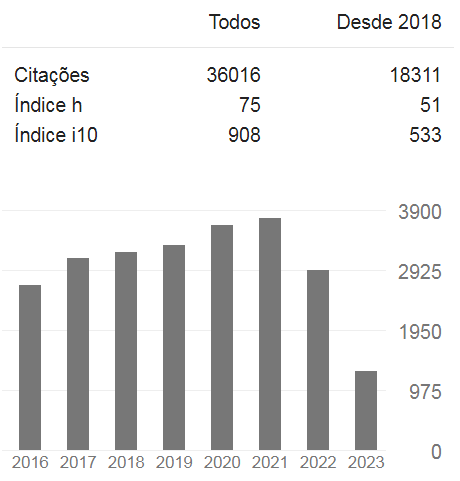Meanings of evaluation techniques according to participants of a training
DOI:
https://doi.org/10.35699/reme.v13i4.50512Keywords:
Nursing Staff, Organization and Administration, Education Nursing ContinuingAbstract
Training evaluations are an important administrative strategy to check if the qualification programs are being successful. Some techniques used with this purpose are the reaction evaluation and the knowledge evaluation. This study aims to assess the meaning attributed by instructors and trainees to these evaluation techniques, which were used by the "Educational Support Service" (SED) of São Paulo University Hospital in the training on "Treatment and prevention of pressure ulcer". This qualitative research was carried out with two instructors and nine trainees who answered to six specific questions. The answers were analyzed through content analysis, and five categories were observed: aims of a training evaluation, content of the evaluation, strategies for evaluation, feelings and suggestions. The main results show that the training evaluation was perceived as an instrument that aims to check the learning rate, to register the results and to provide a feed-back to the service. Participants also mentioned others evaluation strategies, some of which go beyond the techniques used by SED. The feelings experienced by the participants were positive. They also proposed that the participation of nurses should be better understood and stimulated.Downloads
Published
2009-12-01
Issue
Section
Research
How to Cite
1.
Meanings of evaluation techniques according to participants of a training. REME Rev Min Enferm. [Internet]. 2009 Dec. 1 [cited 2025 Oct. 6];13(4). Available from: https://periodicos-hml.cecom.ufmg.br/index.php/reme/article/view/50512






































